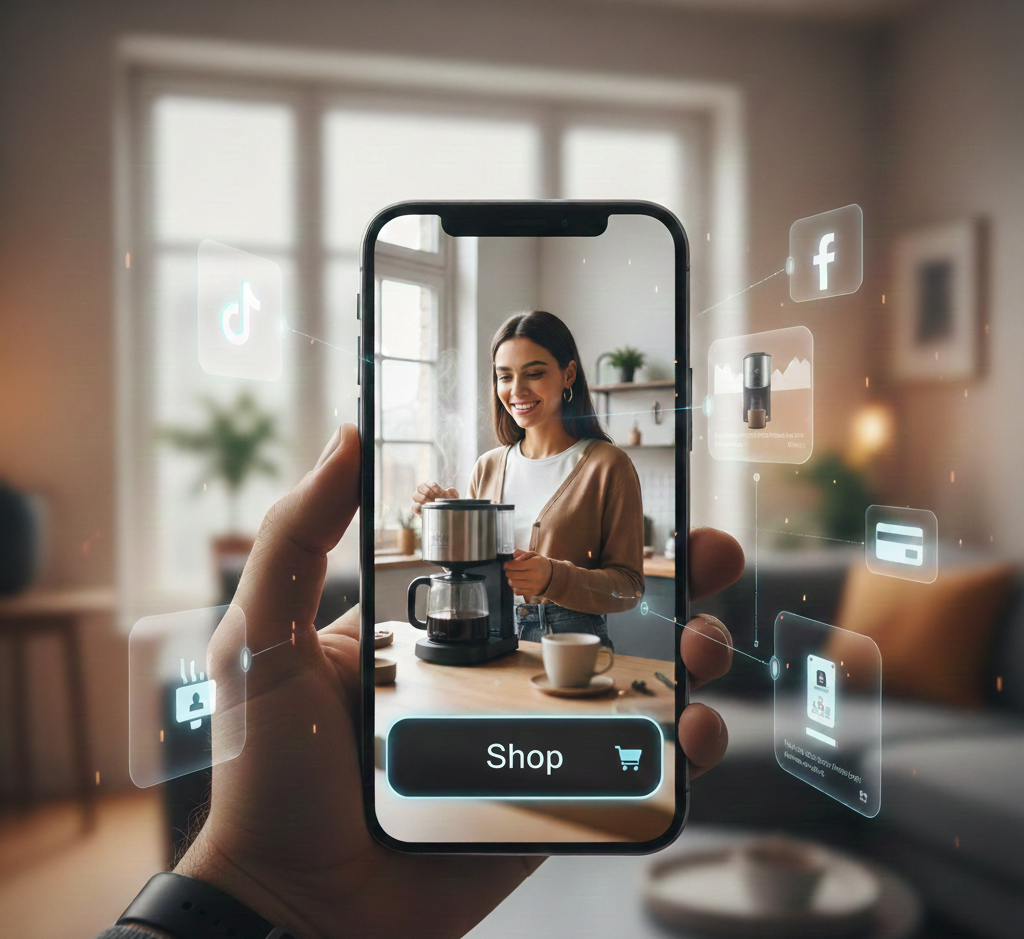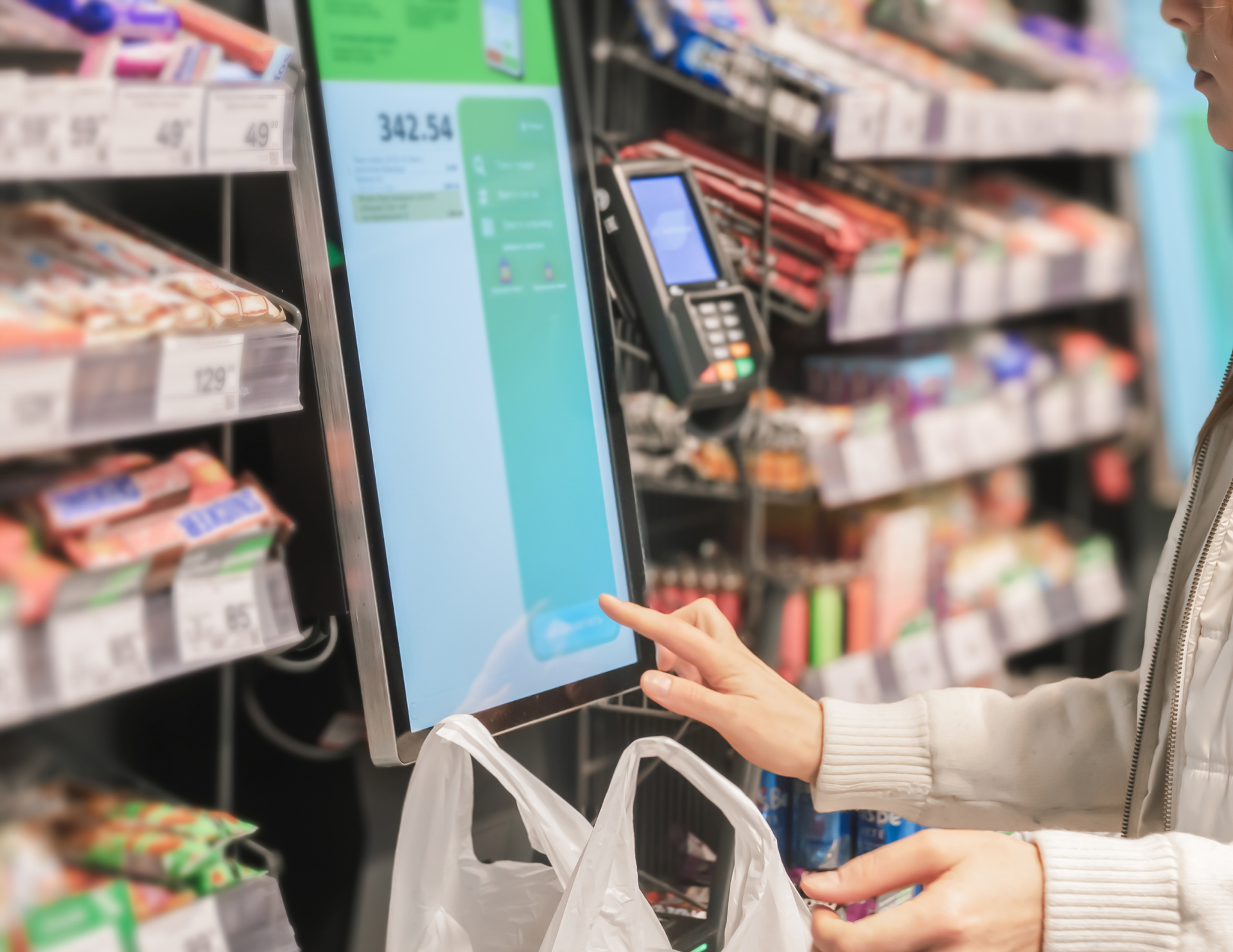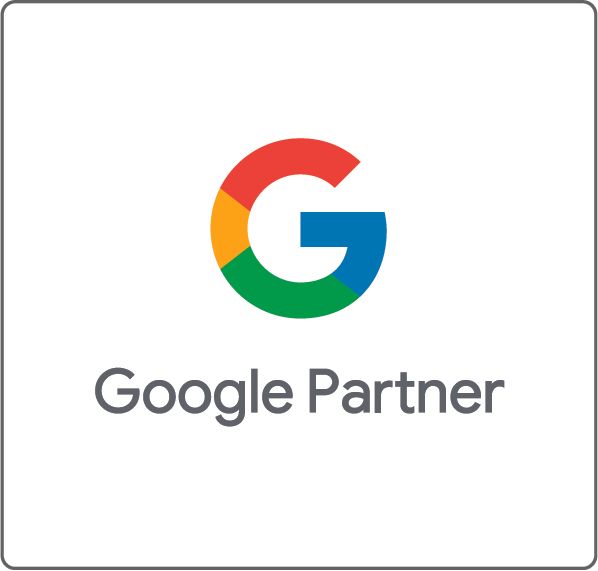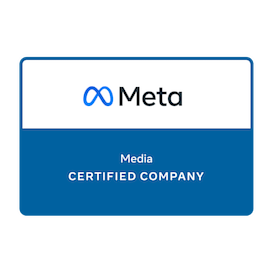Are you ready to run with it? By Kunal Parikh
One goal. 10,000 Steps. Every day.
If the above words resonate with you, you are like me and may be one of roughly 40 million US adults that used a wearable device in 2015.
Let me take you through a 3-day sequence of how I use and feel about my Fit-bit to better explain my point.
Two days ago, I played 2 long sets of tennis with my friend. When I was done playing around 7 pm, I had already walked (or ran) over 11,500 steps for the day. I was thrilled and felt great! What a satisfying and productive day. After this revelation I could have stopped at Stewart’s and treated myself to a cup of my favorite ice cream, but I thought better of it.
Yesterday, I had a really busy day at work. Most of the day was spent in meetings. As I began to head home at 7.30 pm, I looked at my Fit-bit and it showed that I didn’t even walk 4,000 steps for the day. I felt incredibly lazy and was a bit disappointed in myself. Since the rest of my day was going to be spent with my kids and doing my school-work; it was practically impossible for me to reach my daily goal of 10,000 steps.
Today, as I sit here writing this blog, I have taken about 3,000 steps. Not bad but I still have work to do if I am going to meet my daily goal…
Whether your definition of a wearable is a Fit bit or an Apple Watch, the statistics are mind-boggling. A quick Google search of “fitness wearable statistics” will throw out some links that will amaze you.
Below are just a few examples:
- The wearables market is projected to hit over $4 Billion in 2017
- Roughly 82 million US adults are projected to be using a wearable device in 2018
- Average amount of global monthly traffic generated by wearables in 2020 is 335 Petabytes (1 Petabyte = A Million gigabytes, but come on you already knew that!)
The question is – what does all this mean for you if you are a marketer? In this age of digital marketing, as you and your brand figure out how to fight on the battlegrounds of social media, mobile, video and augmented reality, you now have one more frontier to conquer – Wearables!
The thing that I find the most fascinating is that wearables now give marketers access to data about people’s emotions. Let’s go back to my 3-day sequence. There is priceless data about me buried in there. How can Fit-bit monetize this data? Can local small businesses like Stewart’s handle this data and react to it? On that day when I was feeling great about myself, wouldn’t it be awesome if Stewart’s alerted me to a “$2 off coupon” as I was close to their location? How likely would I have been to convert on that day as opposed to the next day when I wasn’t feeling so great?
The other cool thing about wearables is they are not just about B2C marketing. A lot of companies are buying wearables and giving them to their employees so that they can engage in fitness and wellness programs. So if you are a B2B marketer, there is potential at getting your hands on another huge set of data that can help you customize your marketing message to your potential clients.
Ultimately, wearables are here to stay and marketers will just have to figure out how to incorporate them in their overall digital marketing strategy. It will be fascinating to see how they will get integrated with other pieces in the digital space.
Back to my day, it’s almost 2 pm in the afternoon and I have walked a grand total of 2,500 steps so far. I really need to go for a run if I am going to get anywhere close to my goal. But wait – I need a new pair of running shoes. If only Nike was able to use my Fit-bit's data to personally market to me about those sneakers I have wanted and researched for weeks.
Never miss an update from “The Shoppe,” sign up for our email list today!
Subscribe
Sign up with your email address to receive news and updates.
Subscribe
We respect your privacy.
















